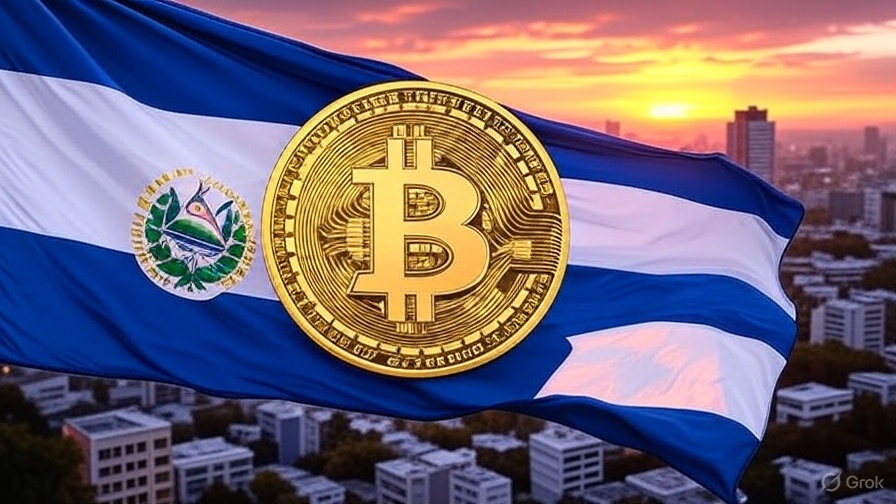The stablecoins are reconfiguring the global financial panorama and lighting the alarms in the European Central Bank (ECB).
Christine Lagarde, president of the ECB, He warned that These cryptocurrencies threaten to erode the ability of central banks to control monetary policya key pillar of the Fíat system.
The stablecoins have gained ground as digital assets linked to Fíat coins, such as the dollar or the euro, attracting investors due to their stability in the volatile world of cryptocurrencies.
Its total capitalization, in June, reached a record of 228,000 million dollars in 2025, an increase of 17% (33,000 million) compared to the previous year. USDT, issued by Tether, leads with 155,000 million dollars, while USDC, from Circle, grew 39% to 61,000 million.
This growth reflects its role in cryptoactive markets, facilitating rapid and stable transactions in exchanges. However, its expansion raises challenges – according to Lagarde – for regulatorssince these coins are issued by private companies such as Circle and Tether, not by central banks
Lagarde warning
Lagarde expressed concern: “I think [las stablecoins] They undermine our ability to manage monetary policy. ”With inflation in the euro zone averaging 2.23% from 1991 to 2025, and ranging between a maximum of 10% in October 2022 and a minimum of -0.60% in July 2009, the ECB protects this balance.
In June 2025, inflation annual reached 2.0%slightly above 1.9% in May, close to the goal of 2% in the medium term. Lagarde warned about a possible “privatization of money”, a scenario that considers incompatible with the role of the ECB as a guardian of this stability.

The official said The massive use of Stablecoins could reduce deposits in traditional bankslimiting the capacity of the ECB to influence the economy through monetary policy. “Stablecoins should not be treated as money, but are confused with payment means of payment or infrastructure due to the technology that drives them.”
United States bets on regulation
While Europe addresses the phenomenon with caution, the United States drives stablcoins, supporting them as a tool to reinforce international dollar hegemony.
Under the Trump administration, the country promotes regulations to promote its use, especially coins such as USDT and USDC.
In June 2025, the Senate approved the Genius Law, which seeks to establish a clear regulatory framework. The initiative, pending evaluation in the House of Representatives between July 14 and 18, reflects a commitment to integrate these currencies into the financial system.
Fears for European sovereignty
Pierre Gramegna, general director of the European Stability Mechanism (MEDE), warned that the United States could encourage large technology companies to launch Stablecoin -based payment solutions.
“If they succeed, they would affect the monetary sovereignty and economic stability of Europe,” he said. To counteract this threat, Gramegna urged the ECB to accelerate the launch of the digital euroa Central Bank Digital Currency (CBDC) in development since 2020.
In addition, with the MICA Law – a European Regulatory Framework for cryptoactive to protect consumers and guarantee financial stability – Europe imposed limits on the stablecoins of the custody services dollar in their territory, although its use persists through personal wallets.
In short, the growth of the stablcoins raises a dilemma for regulators. If their mass adoption displaces traditional money, central banks could lose influence on the economy.
As stablcoins gain ground, the debate on their regulation and their impact on the global economy intensifies. While the United States is committed to innovation, Europe seeks to protect its monetary sovereignty with the digital euro.


